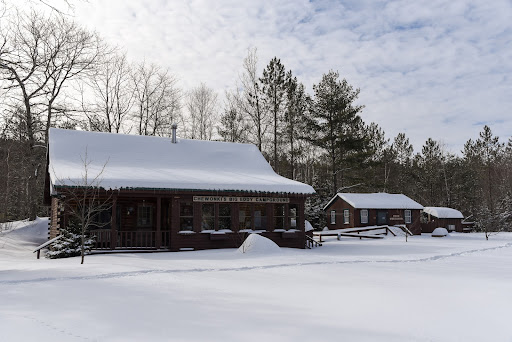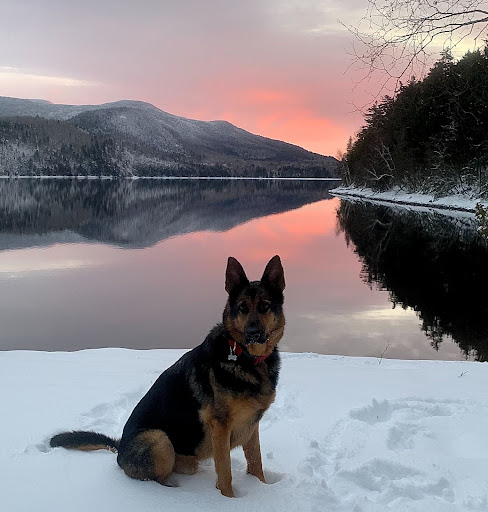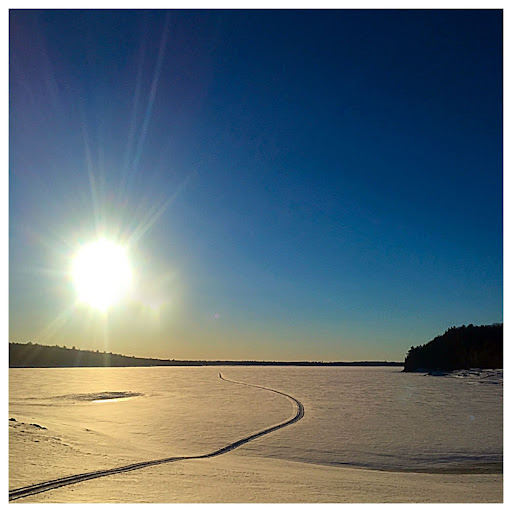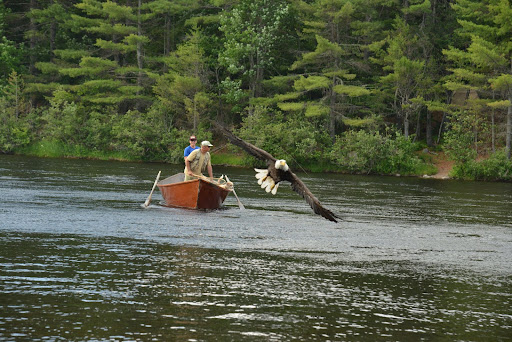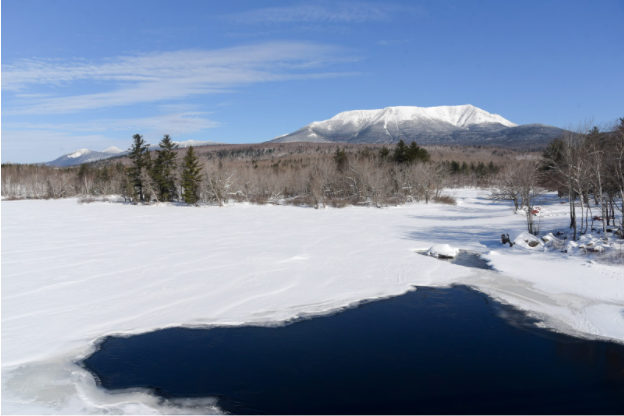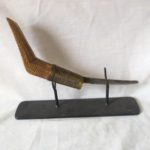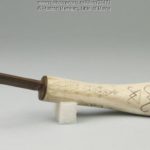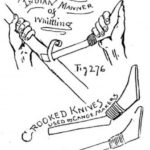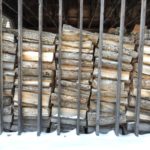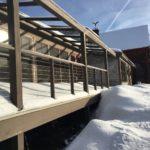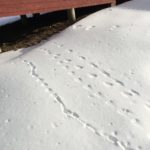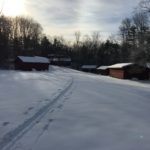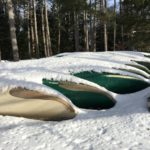Rain promises some of spring’s most welcome gifts. I walk back and forth along the camp road, anticipating. It’s only a matter of time until the annual flush of Chicken of the Woods will greet us with stunning layers of orange and yellow flesh. Found on dead and decaying hardwood species, the old oaks along the river’s edge are a good place to begin looking for this delicious and eye catching species Laetiporus sulphureus or Sulphur Shelf as Chicken of the Woods is also known as, is perhaps one of the easier mushrooms to identify, when beginning to forage. There are only two varieties of Chicken of the Woods, both are edible and closely resemble each other. Only slightly varying in color and the way they grow out of the wood.
This June the old decaying oak stump fed over 20 plus guests this past week. Our seasonal campers in the D-loop fried them up like chicken nuggets; others added them to eggs, pastas and steaks.

Beginning in mid May, flushes of Dryad Saddle (Polyporus Squamosus), otherwise known as the pheasant’s back mushroom, began to pug nose out of the dead poplars on river left that were first spotted by our then seasonal camper Rachel. We have since learned that these are best when harvested no larger than a grapefruit to ensure their best texture and flavor. These mushrooms will flush from many hardwood species, and can even have a fall flush if the rains and weather encourages them. Bob Johansen, our neighbor and resident Maine Warden, was among the lucky recipients of this year’s early flush of Dryads adding them to fried sausages, he happily reported to me that they didn’t send him to the hospital, and he enjoyed their mild taste.
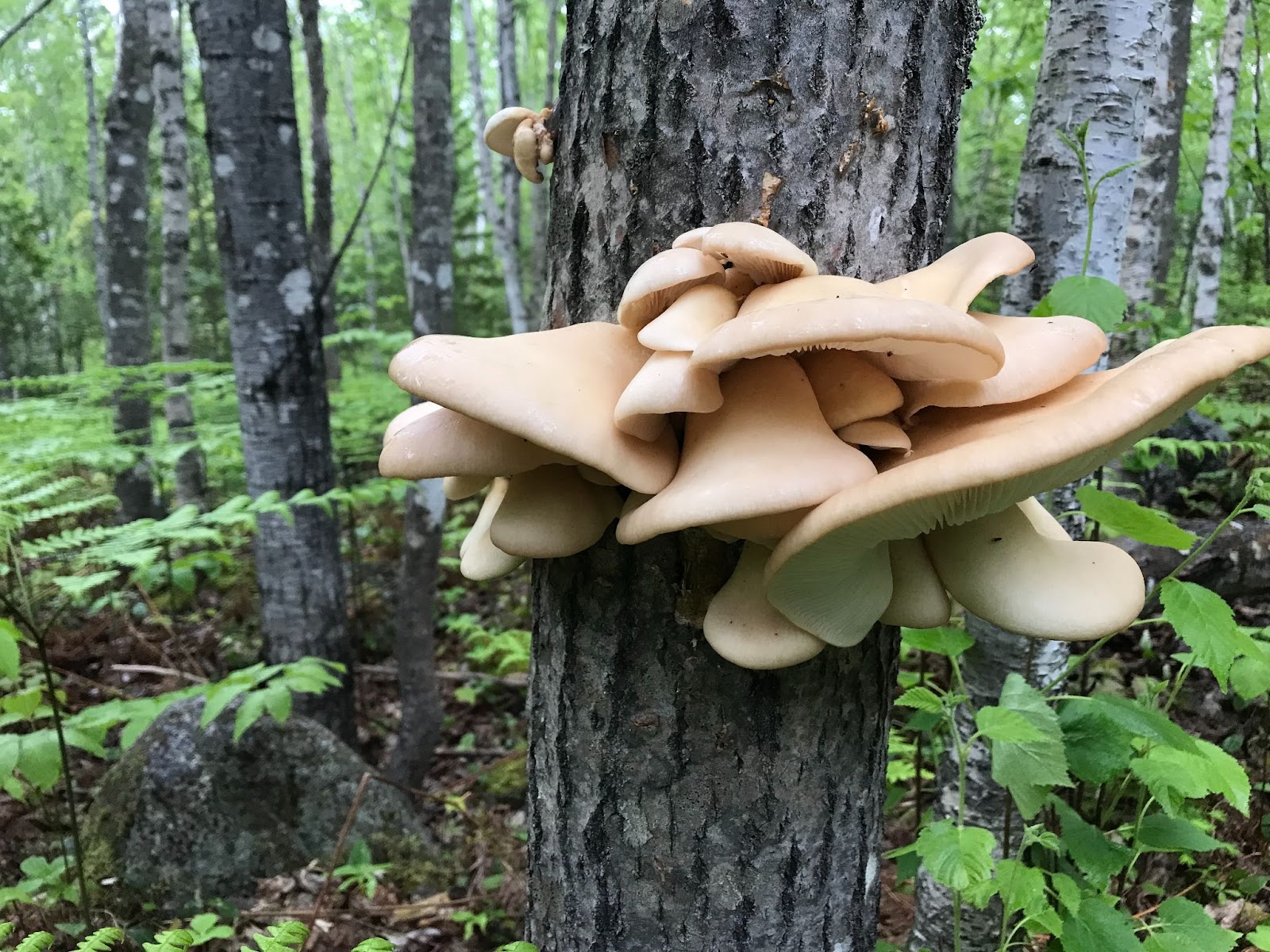
Bob was not lucky enough to stop by after a generous haul of Spring Oysters mushrooms (Pleurotus Populinus) were spotted by our guest Deb, who I assured, that yes indeed what she spotted were Oysters, and we would be eating them! These spring Oysters primarily will only grow on Poplars and Aspen trees that are dead and dying. Another key indicator of this mushroom can be a strong Anise smell that they emit. Sometimes while walking to one of our favorite trout ponds my husband Miles will smell the Oysters before we spot them.
With July upon us this means one thing, Chanterelle and Drake season! There are many varieties of Chanterelles (Cantharellus) found in North America. They differ in color, shape and size. I have enjoyed many beautiful golden Chanterelles found in all sorts of terrain in this region, along streams, in culverts and just off the Appalachian Trail. The trick with Chanterelles is when you find one you will typically be finding more. Like most mushrooms when harvesting you want to be mindful with how many you take, always leaving some for the health of the mycelium network below the ground to continue to flourish for years to come.
I am always eager to see David, who comes every year many times to Big Eddy, and discuss what new varieties of mushrooms we will be adding to our foraging repertoire. This year he insisted I harvest and try some of the King Boletes (Boletus edulis) that prolifically grow along the river in sites 112-116.
The mushrooms we see and enjoy above the ground are essentially the ‘blooms’ or flushes as they are referred to as a much larger vast network of underground webs of mycelium. Mushrooms are considered Saprophytes; they obtain their nutrition from breaking down nonliving organic matter.
The intermittent heavy rains we have been experiencing add to the early abundance of food the woods provide. Foraging has become not just a passion and a way to connect with people; it has been a way to make new friends.
If you’re interested in learning more about identifying Maine’s mushrooms and foraging, there are courses available and experts to seek out on the subject.
—
Julie Puleio is the Site Assistant at Chewonki’s Big Eddy Campground in Millinocket, Maine


